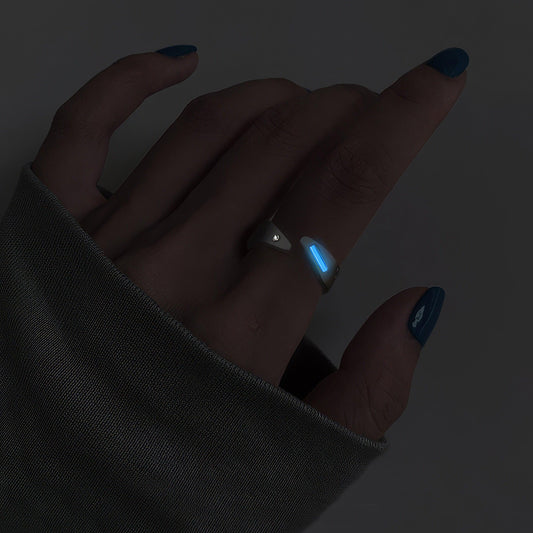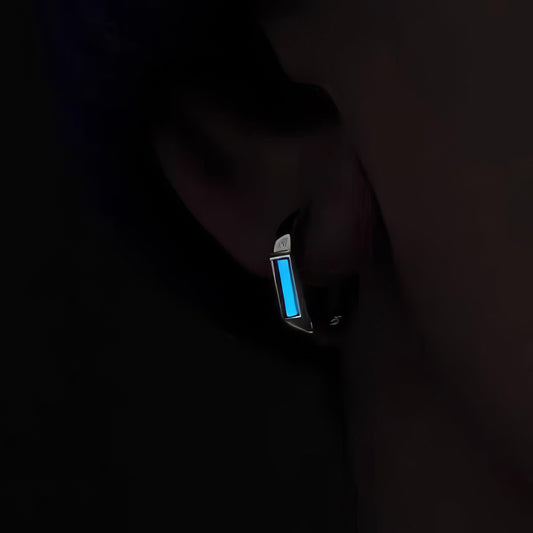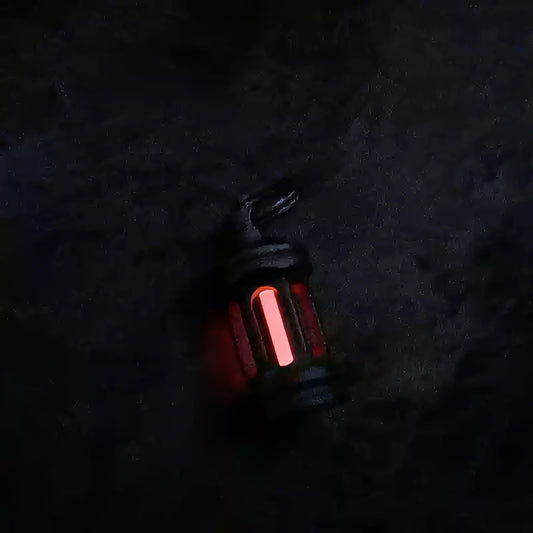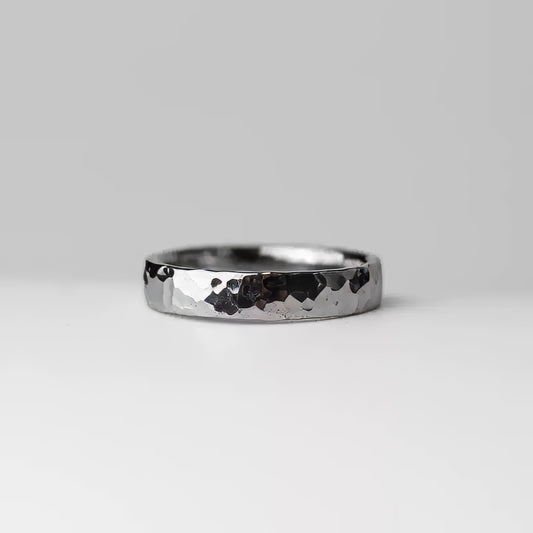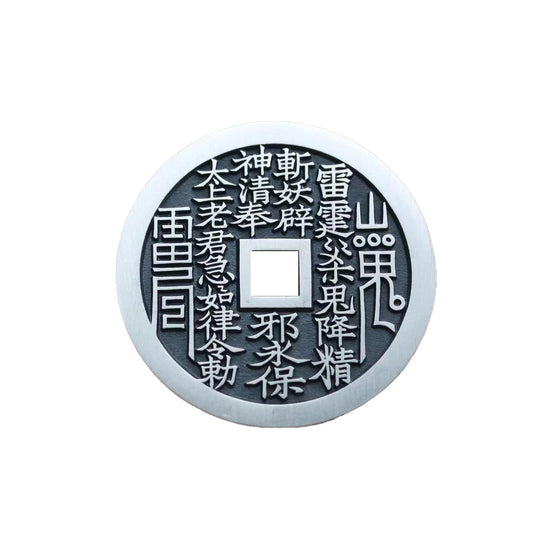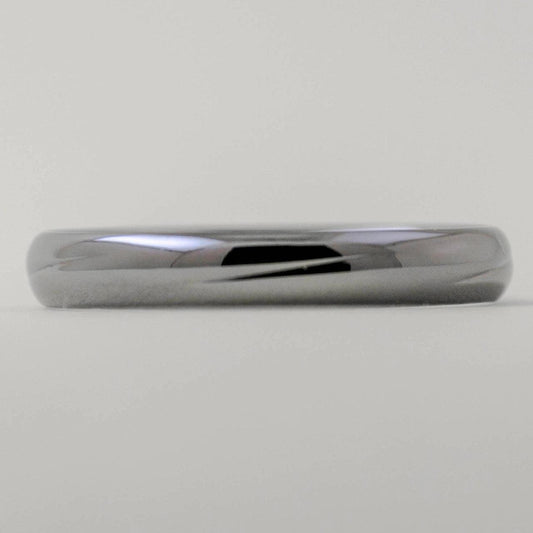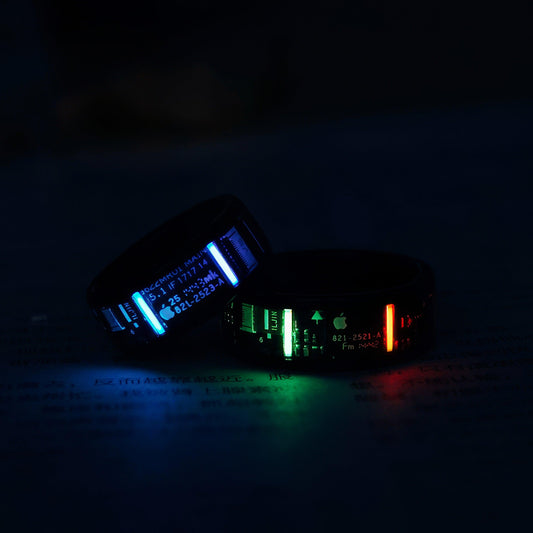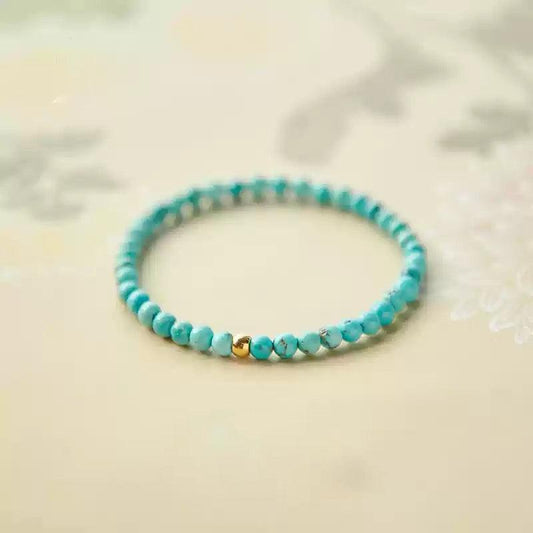Rare Niobium Craftsmanship Jewelry With Historic Elegance
Niobium Through the Ages: A Rare Metal in the Thorned Wilderness Pure Niobium Hammered Ring
Rare metals have fascinated humanity for centuries, valued not only for their scarcity but also for their exceptional properties. The Thorned Wilderness Pure Niobium Hammered Ring represents a fusion of history, artistry, and science—embodying a legacy that stretches back to the 19th century, when niobium first entered the annals of material discovery.
The Discovery and Journey of Niobium
Niobium’s story begins in 1801, when English chemist Charles Hatchett discovered a new element while analyzing a mineral sample from Connecticut. He named it “columbium,” after Christopher Columbus, to honor its New World origins. However, confusion arose when another element, tantalum, was mistakenly identified as the same material. Decades later, in 1846, German chemist Heinrich Rose conclusively differentiated the two elements and renamed columbium to “niobium,” inspired by Niobe, a figure from Greek mythology.
Niobe, the daughter of Tantalus, was a symbol of resilience and sorrow, perfectly reflecting the metal’s robust yet refined nature. By the 20th century, niobium’s unique properties earned it a coveted place in various industries, from aerospace to jewelry.
The Modern Significance of Niobium
Today, niobium is primarily mined in Brazil, which holds over 90% of the world’s known reserves. Despite its industrial importance—used to strengthen steel in jet engines, pipelines, and superconductors—it remains a rare and underappreciated metal in the jewelry world.
Niobium’s hypoallergenic nature, resistance to tarnishing, and ability to undergo anodization make it a standout choice for high-end, artisanal jewelry. Its limited supply and demanding extraction process further enhance its allure as a luxury material.
The Challenge of Hand-Hammering Niobium
The creation of a hand-hammered niobium ring like the Thorned Wilderness Pure Niobium Hammered Ring is a feat of extraordinary skill. The process reflects both the metal’s historical prestige and its challenging physical properties.
- Durable but Demanding: Niobium’s strength makes it highly resistant to deformation, which means each strike must be calculated and precise. Unlike softer metals like silver or gold, niobium does not easily yield to shaping, requiring artisans to use specialized tools and advanced techniques.
- Textural Perfection: The hammered finish evokes the timeless beauty of natural landscapes, from rugged cliffs to weathered tree bark. This texture is achieved by painstakingly creating consistent indentations, a process that can take hours to perfect.
- Anodization After Hammering: To bring out niobium’s colorful potential, the surface must undergo anodization—a process that enhances its metallic hues. However, this step becomes even more intricate with hammered textures, as the varying depths of the surface interact differently with light.
Each ring is not just jewelry but a labor of love, blending science, history, and the artisan’s touch into a masterpiece.
Niobium’s Timeless Appeal in Jewelry
Niobium’s rise as a luxury material is a testament to its unmatched properties. It combines industrial-grade durability with artisanal charm, creating pieces that stand the test of time. The hammered design, in particular, highlights the metal’s rich history and connection to nature, making each Thorned Wilderness ring an heirloom-worthy accessory.
A Rare Metal, A Unique Treasure
The Thorned Wilderness Pure Niobium Hammered Ring is more than a piece of jewelry—it’s a story of discovery, resilience, and creativity. From its historic beginnings to its challenging craftsmanship, this ring reflects the intersection of rarity and artistry, perfect for collectors, adventurers, or anyone who cherishes timeless elegance.
👉 Order your handcrafted masterpiece here: Thorned Wilderness Pure Niobium Hammered Ring
